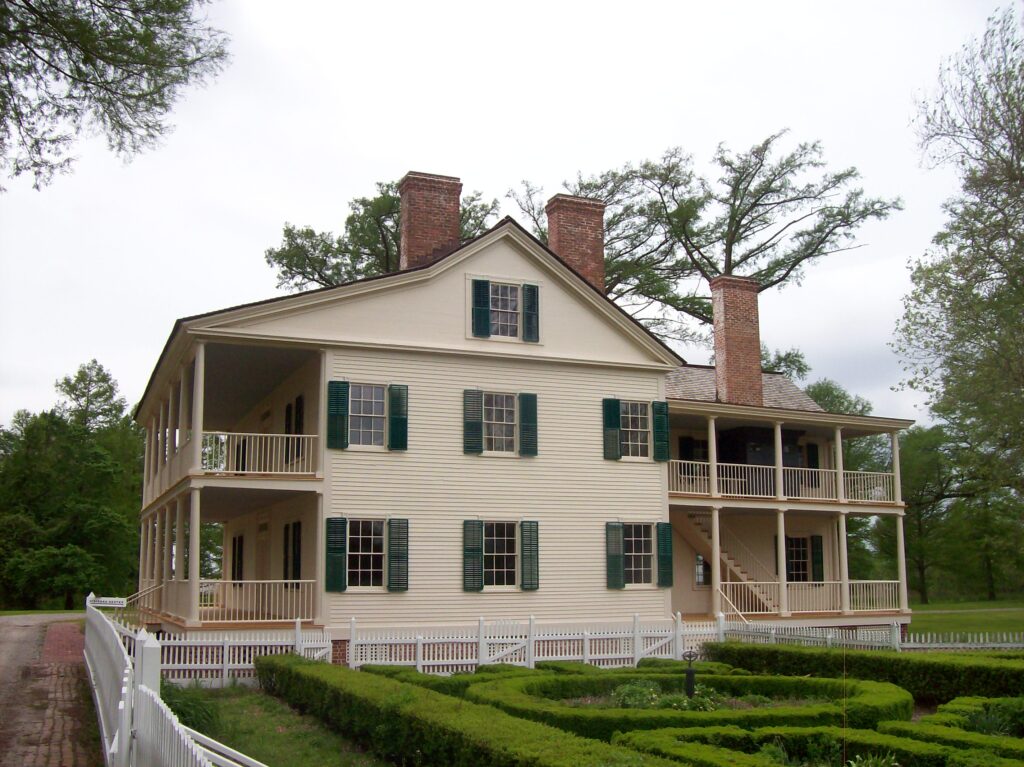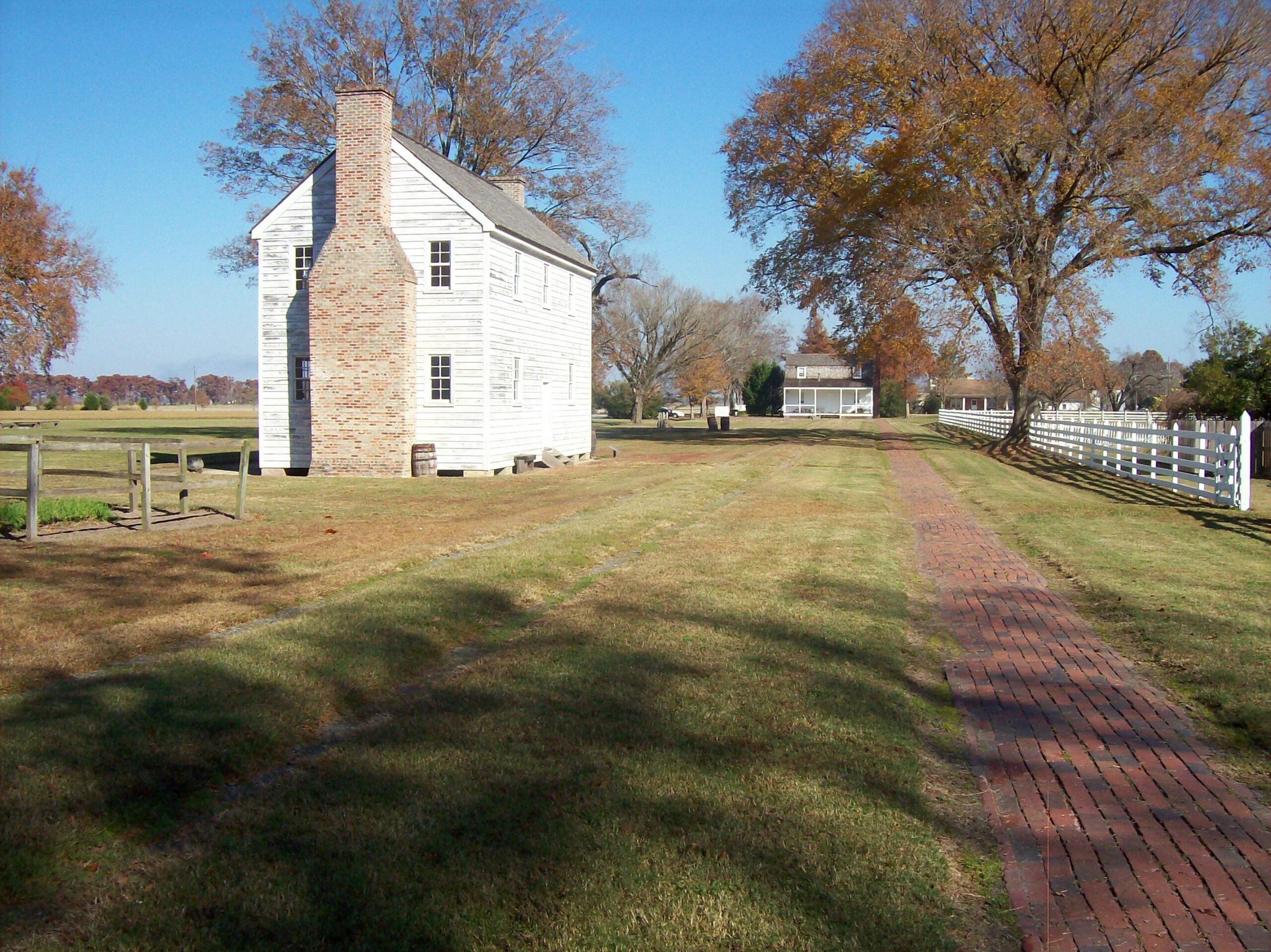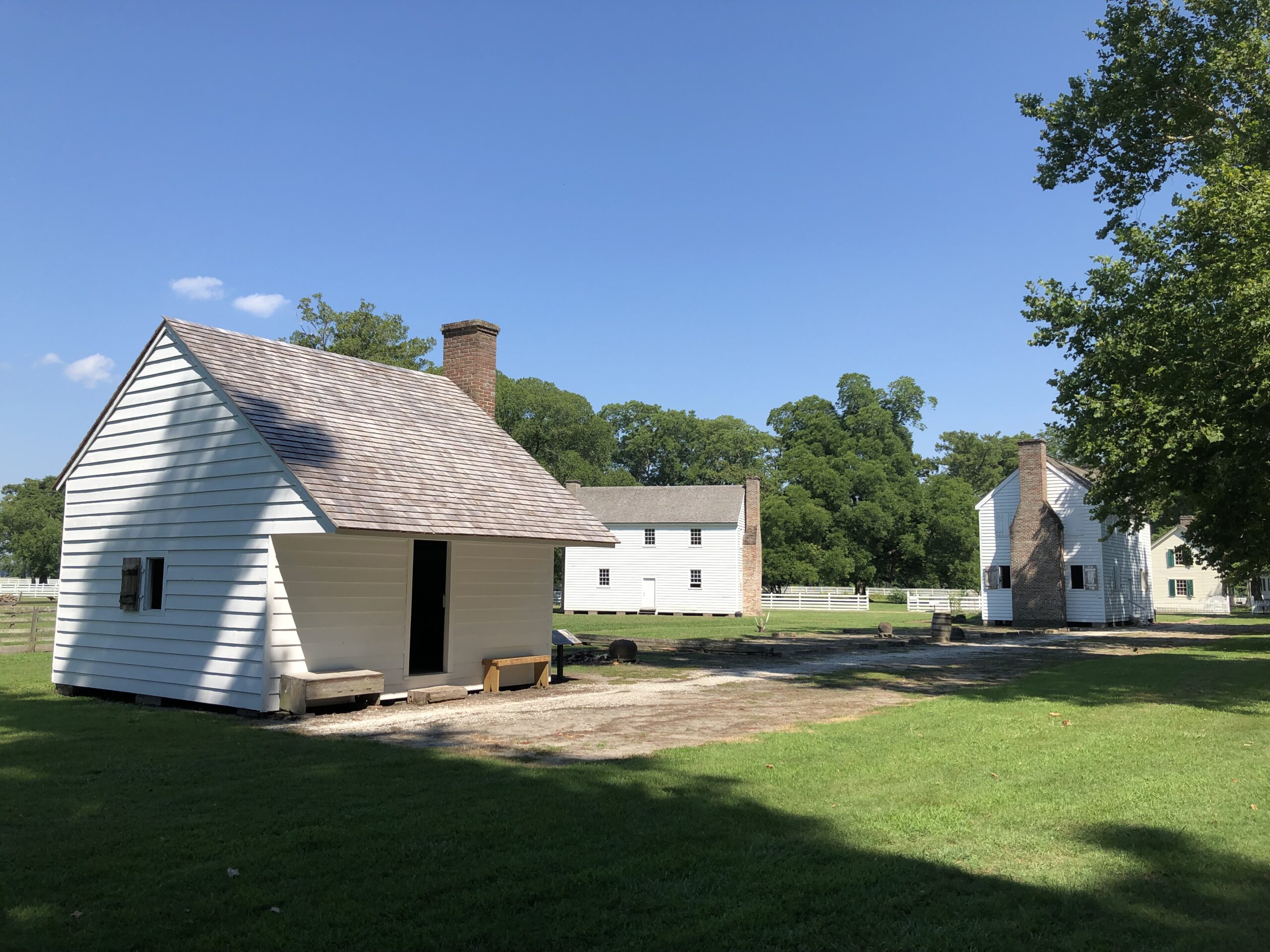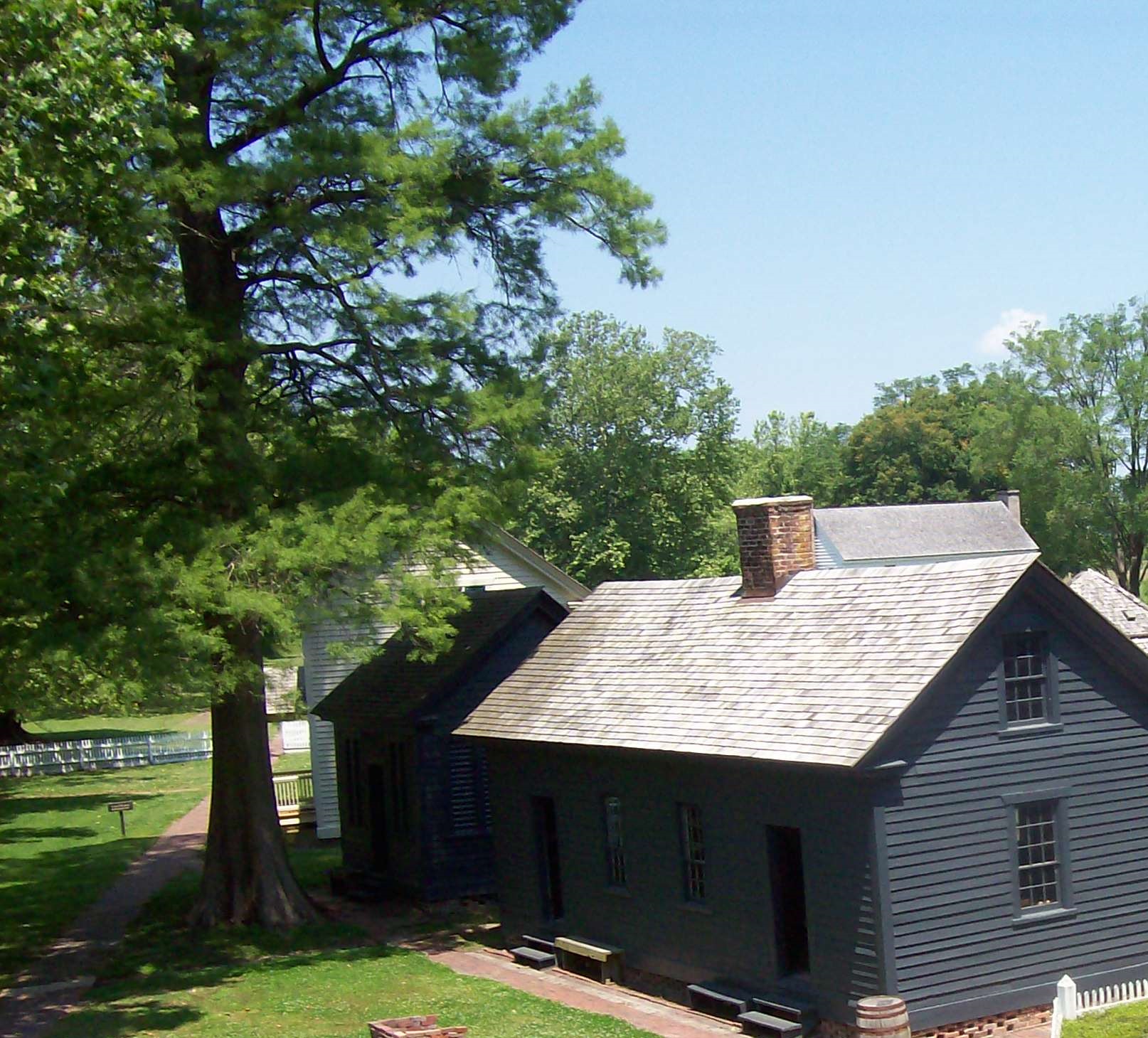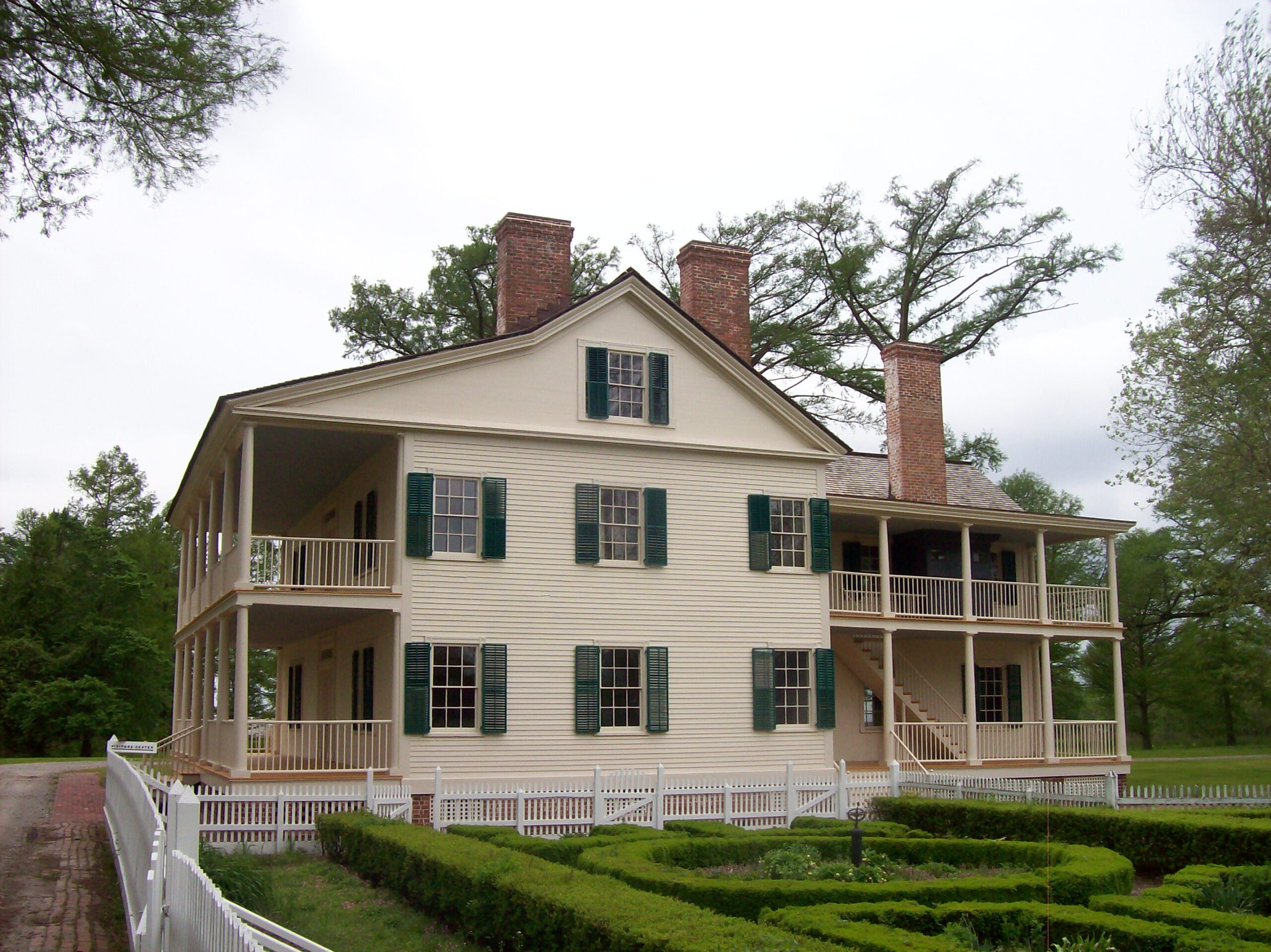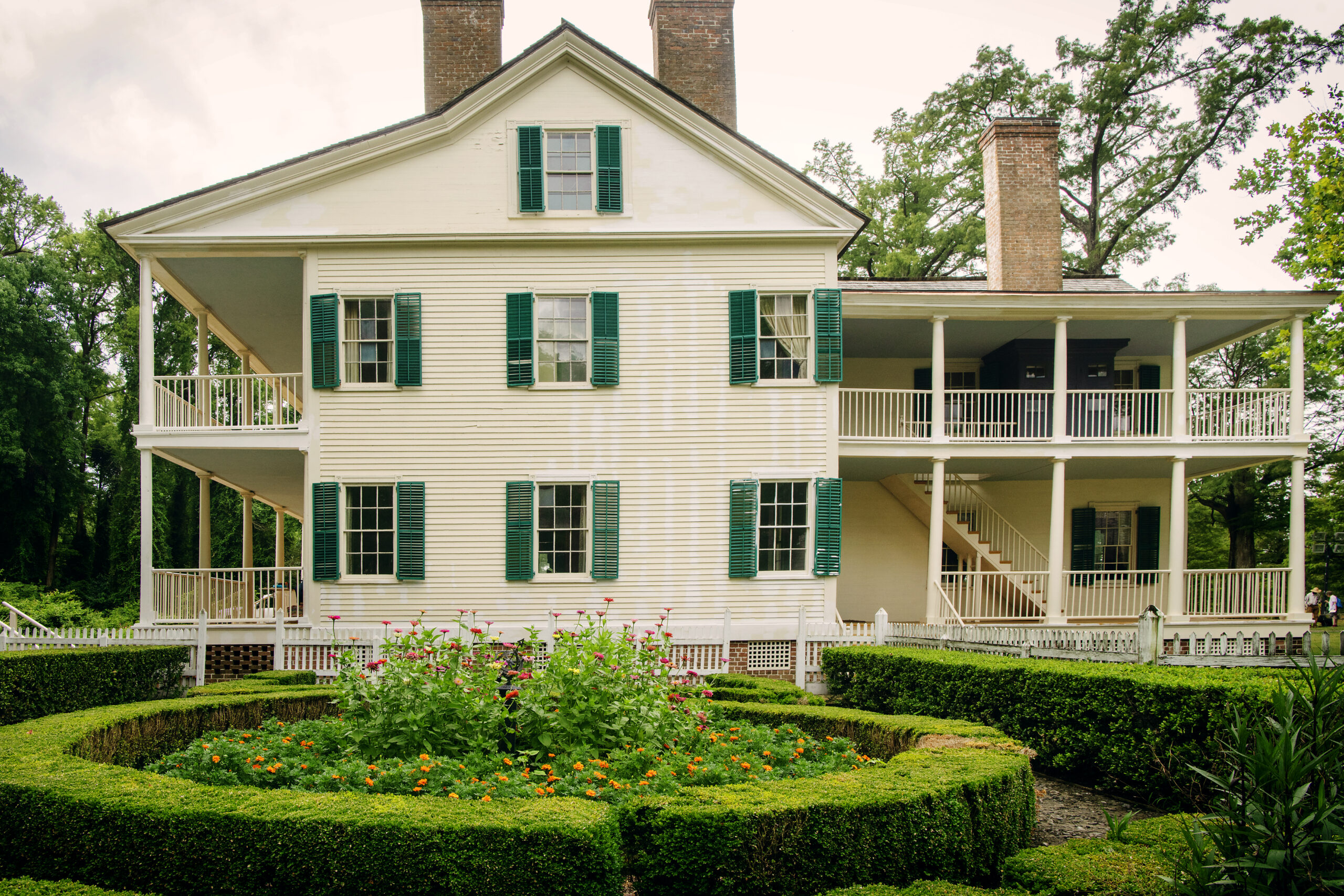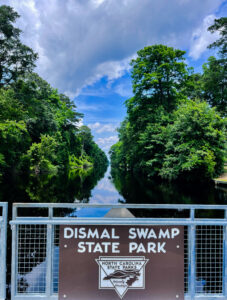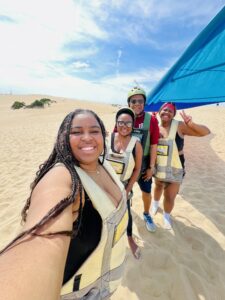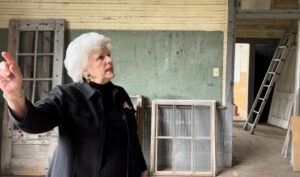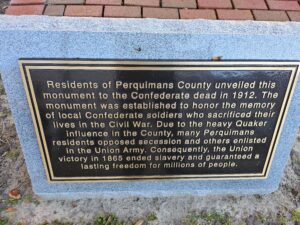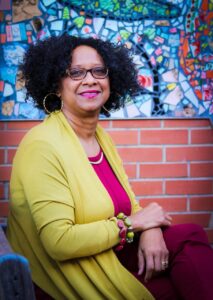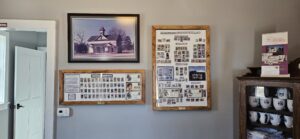“The whole story needs to be told, and it’s a privilege to be part of that process:” An Interview with Karen Hayes, Site Manager of Somerset Place State Historic Site

The Somerset Place State Historic Site in Creswell was once one of North Carolina’s largest antebellum plantations. More than 861 enslaved people worked on the property between 1785 and 1865, 80 who came directly from Africa in 1786. Corn and wheat were major cash crops, along with rice, beans, flax, oats, peas, and lumber. As one of the largest plantations in North Carolina, at 100,000 acres, the site contains one of the only reconstructed slave hospitals in the country and was home to one of the largest Episcopal congregations in North Carolina before the Civil War. It also precedes Monticello as one of the first historic sites to interpret African American history with a guided tour. It borders Lake Phelps, North Carolina’s second largest lake, in Pettigrew State Park.
Site manager Karen Hayes is a steward of Somerset Place’s mission to tell a complete story, representing the entire plantation community in interpretation, and to revive the historic site buildings that are integral to those stories. Says Hayes, “Our mission is to preserve and interpret the lives of the enslaved people and all the people that lived here on the property. The whole story needs to be told, and it’s a privilege to be part of that process.” Hayes has been part of the Somerset Place community since 1996, when she began as an interpreter. Here, she offers a historical portrait of the site and reflects on pivotal moments in its growth and her goals for its future.
This post honors the work and legacy of Somerset Place State Historic Site’s former Site Manager, Dorothy Spruill Redford, who recently passed. Spruill Redford is the author of Generations of Somerset Place: From Slavery to Freedom.
How did the plantation originate, and how did the state of North Carolina ultimately come to protect it as a historic site?
Josiah Collins was from Somersetshire, England and he first arrived in the States as a wealthy merchant, and with two partners, developed the land as a business venture. Collins bought out his partners by 1816, and the site was owned by three generations of Josiah Collins’ family. It was named after his English county of birth. A nephew, William Shepherd owned it until 1889 and then it was passed on to other entities throughout the years, like Rocky Mount Insurance Company and RJ Reynolds Tobacco Company.There was a Federal Security Administration project here at the lake with small farmers in the 1930s, and it became Pettigrew State Park in 1939. Following repairs to the remaining buildings, it became a state historic site in 1969.
Do you have records of the 861 enslaved individuals—their names, their backgrounds, their families?
That is a uniqueness to the site. We have so many primary source documents, plantation records, day records, a slave inventory list, and the lake chapel register, which lists births, baptisms, marriages, deaths, and burials in the formerly enslaved community. We have correspondence, personal letters of the Collins family with their relatives, business papers. This gives us a lot of information to interpret the site today.
What were the conditions like for the enslaved here?
There were different social classes within the formal slave community here. There were 25 house servants, there were field hands, skilled carpenters, and masons of every skill. The average workday for a field hand was 10 to 12 hours per day, depending on the season. They were off half a day on Saturdays and on Sundays. The 25 house servants worked whenever they were required, or as needed. There were also 27 white employees—millwrights, carpenters, surveyors, and overseers.
But you would have to live during that time to really ask the question of what the conditions were. When there was a division of the estate in 1843, enslaved people were separated from their families and taken to Marengo County, Alabama. There were punishments administered here that ranged from being whipped by the overseer to being placed in stocks and being sold. This was one of the most severe punishments that the enslaved community here feared most, because you were usually separated from your family members and perhaps may never see them again. One enslaved woman attempted to visit relatives in nearby Edenton, which is right across the Albermarle Sound. Josiah Collins owned properties there too, and he had enslaved her, her mother and grandmother. She was caught and placed in the stock and overnight her feet froze and then later had to be amputated. So there were punishments and repercussions for the enslaved community when they resisted the bounds of slavery.
What are some important growth moments in terms of interpreting this history, and the history of the site?
When I started working here in 1996, there were only signs to show where the houses and the buildings like the overseer’s house, and the site of where the plantation hospital once stood. Visitors can now tour the Collins home, dating from roughly 1830, and a dairy, kitchen, smokehouse, and salting house. Our former site manager, Dorothy Spruill Redford, her goal and passion was to see those buildings reconstructed. In 1996 and 1997, the first reconstruction took place of Judy and Lewis’ home, which is a one room home. Additional homes were built by 2001, which included a two-story former slave home called Suckey Davis’ house, and the reconstructed plantation hospital. The present-day historic site includes 31 of the original lakeside acres and seven original 19th-century buildings. Prior to that we would talk about the former enslaved community on our tours, but we didn’t have the buildings to take people inside to give their personal story. So that was pivotal in telling the whole story here.
What do you want to happen still—what are some ambitions you have for the site?
I would like to see the Lake Chapel reconstructed. We’re trying to locate pictures right now. That would be a benchmark for my tenure here. The state budget has just been passed for us to build a visitor center to better serve the public as well.
Is there an interpretive space where visitors can understand more about the lineage of the enslaved individuals at Somerset?
We have a timeline and photographs inside our current Visitor Center, the Colony House, an 1840s building that used to be the boarding school for the property. Inside of Suckey Davis’ home we have an exhibit on her lineage, with pictures and primary source documents. Waysides on the grounds talk about the former enslaved community, as well.
When trying to source photos of the chapel, for example, who is the most likely to have that evidence?
We’re hoping from the public, because the hospital stood well into the 20th century.
How do you think this site is unique within the body of sites interpreted by the African American Experience of Northeast North Carolina?
We’re the only historic plantation on the trail. A six-mile transportation canal was dredged and dug by the former enslaved community here, from 1786 to 1788. It took them two years to dig it, and it connected Lake Phelps (formerly Scuppernong Lake) to the mouth of the Scuppernong River. That connects Somerset with, as far as the waterways, the Albermarle region, as well. We’re also part of historic Albemarle, and of course, we are a North Carolina State Historic Site.
How do you engage the local community?
We have a hands-on education program for school groups. We also have STEAM programming for educators. Our Christmas Open House is one of the larger community events and we often invite local church groups to help decorate the buildings and they can dedicate a room to a living or deceased church member. We’ve also done a lot of outreach in different events in the communities. We have a great YouTube channel. Our social media is superb. We’re developing a video for fourth grade students to focus on slavery in North Carolina. We make a lot of connections here.

